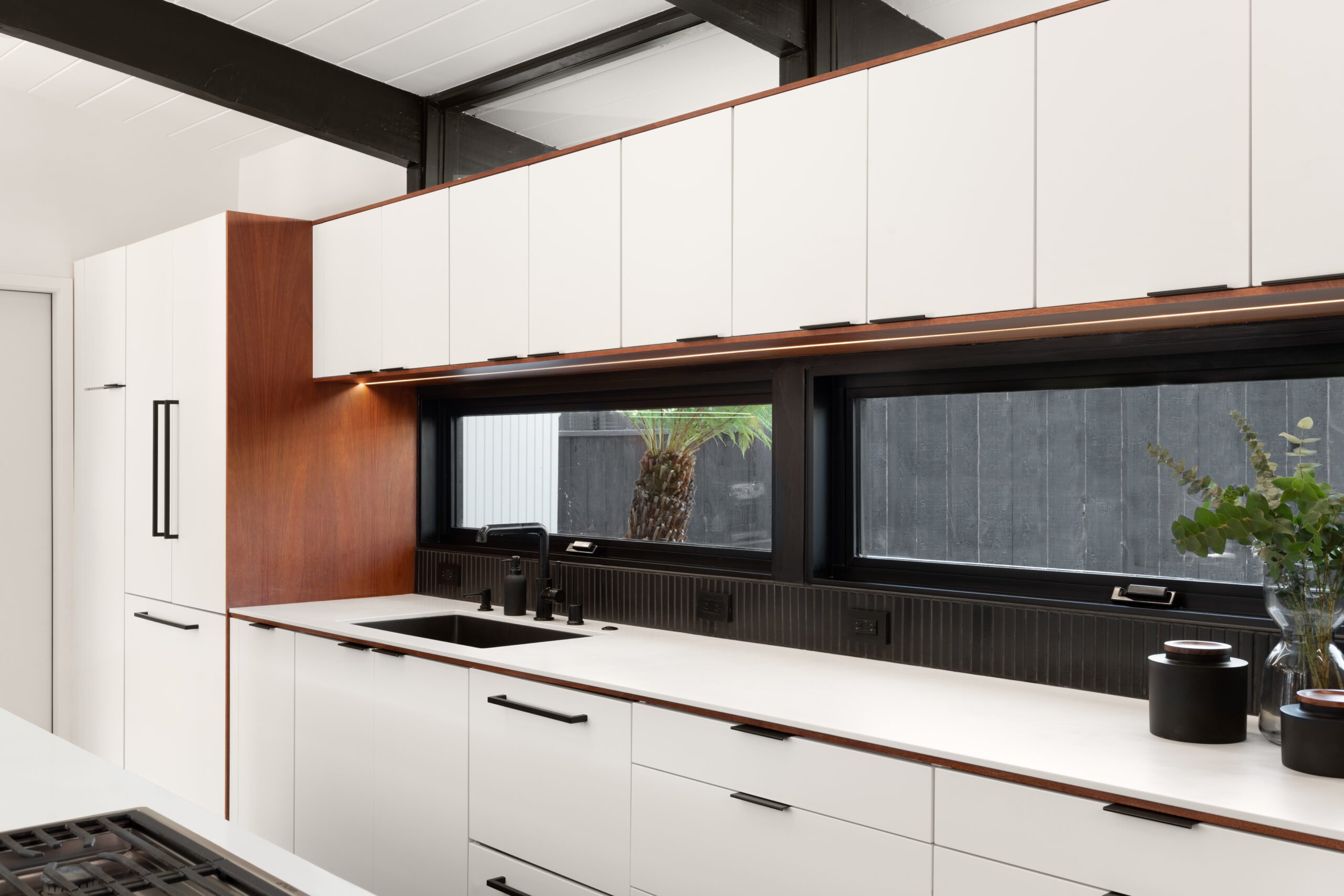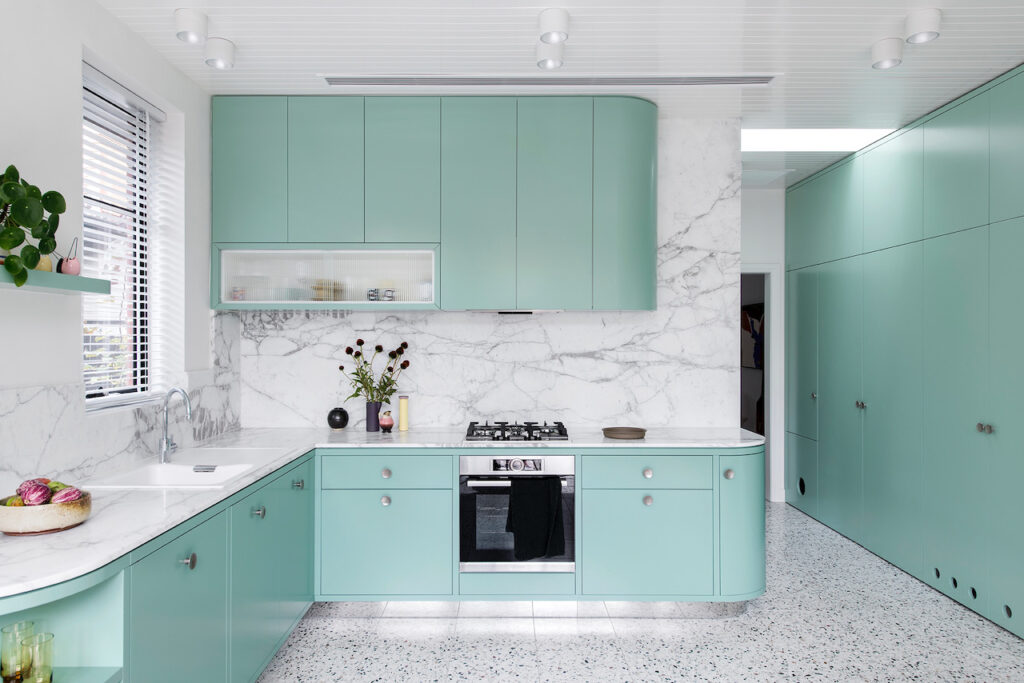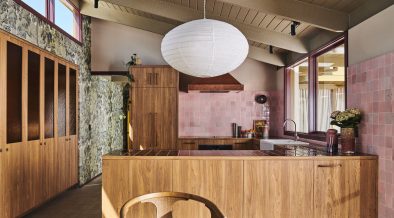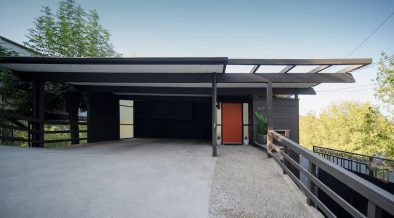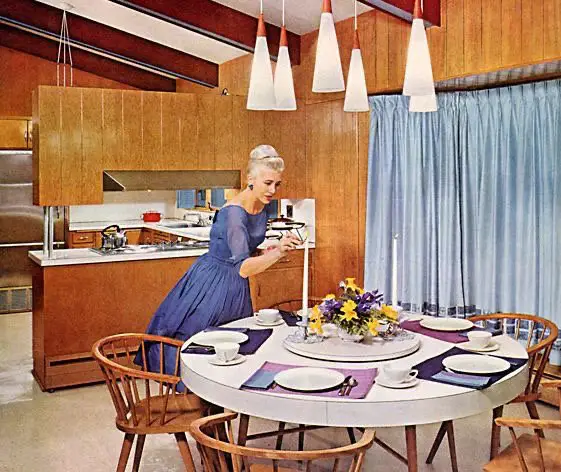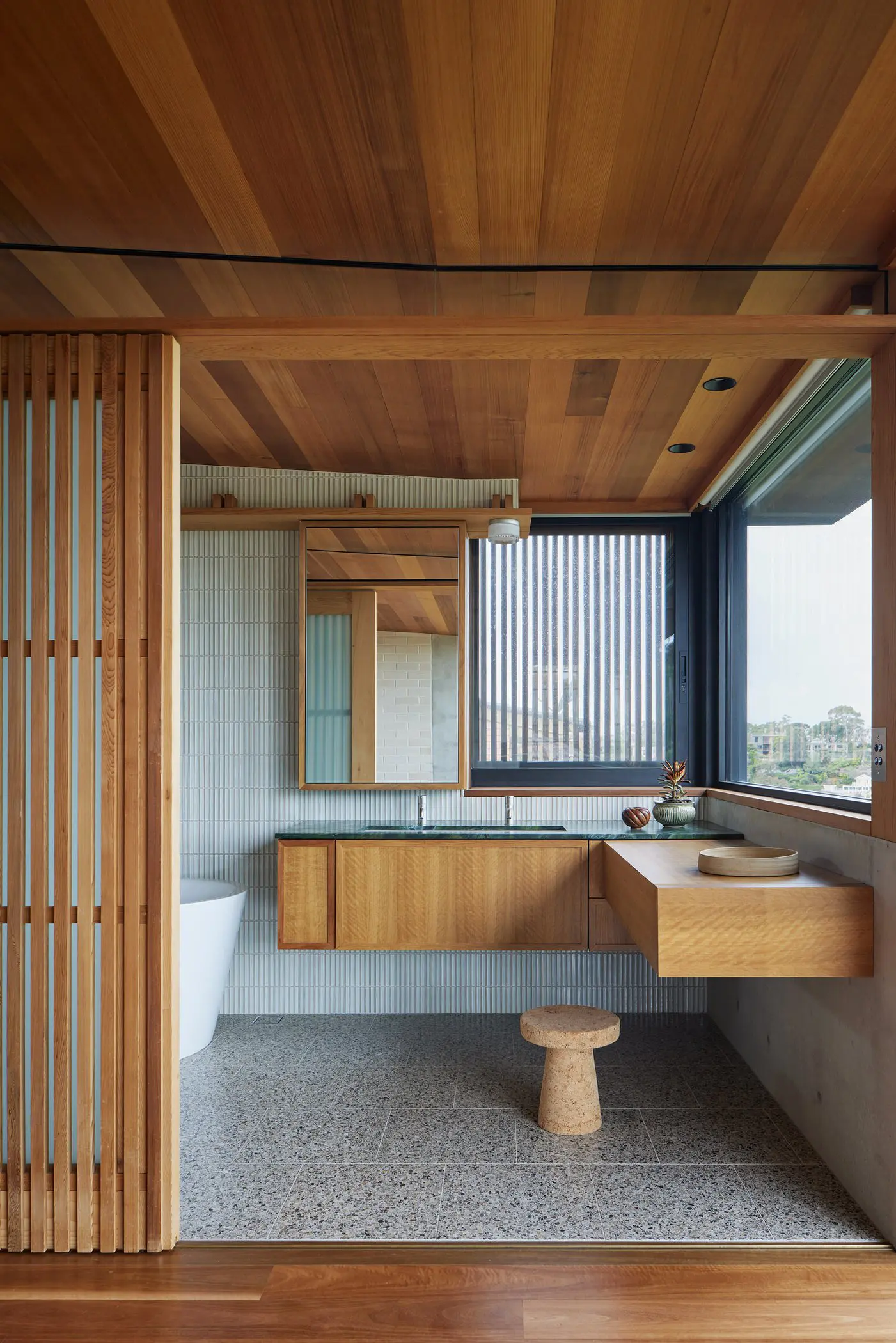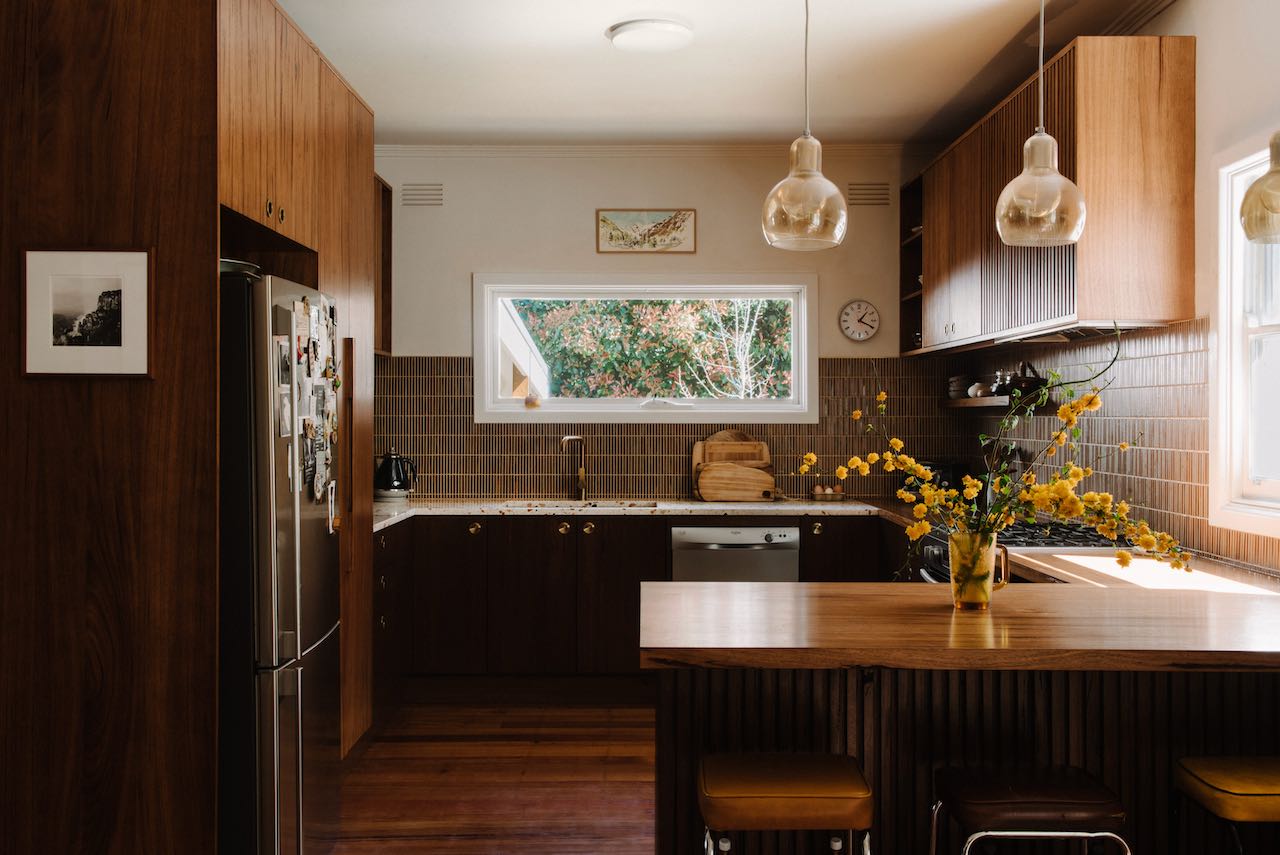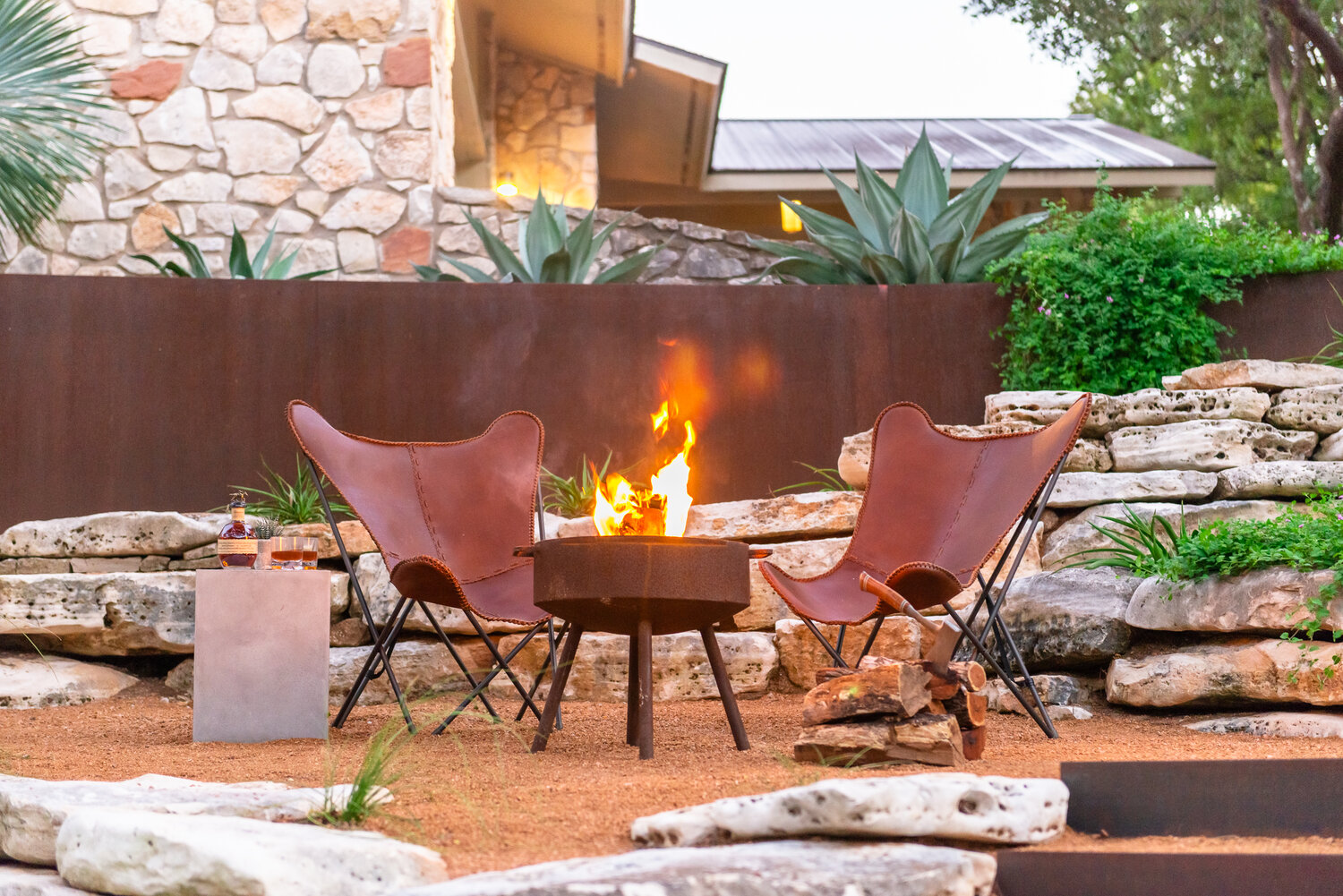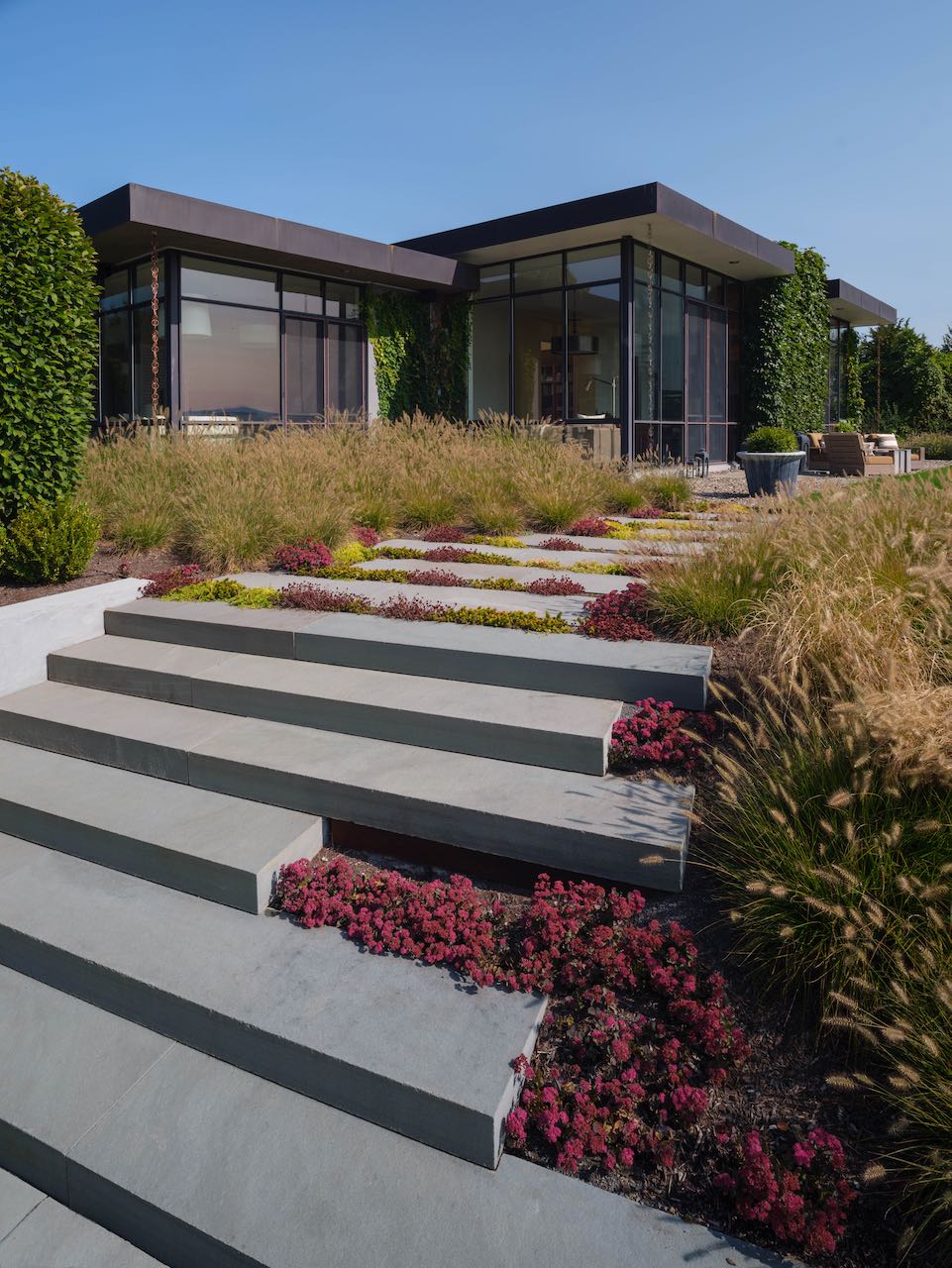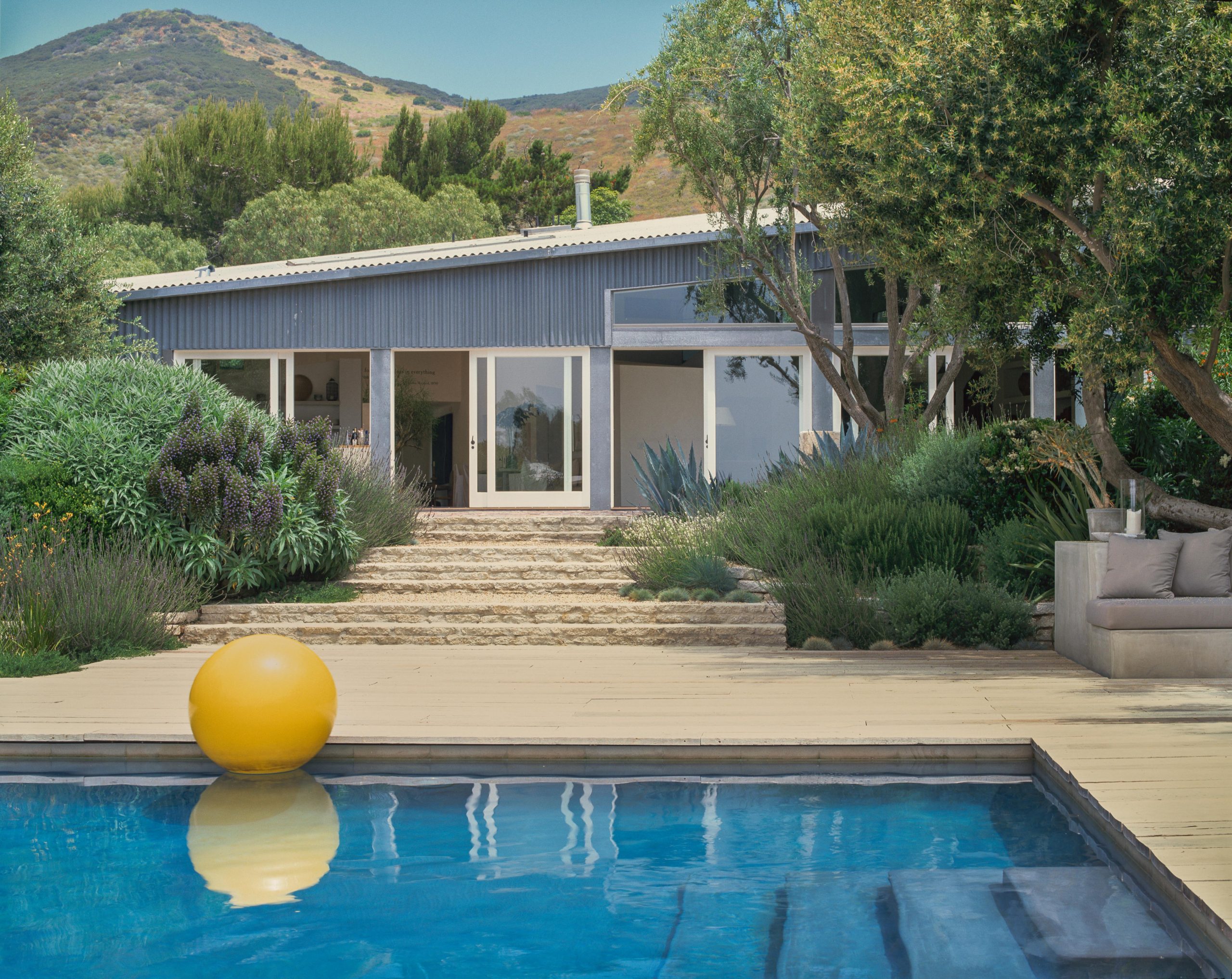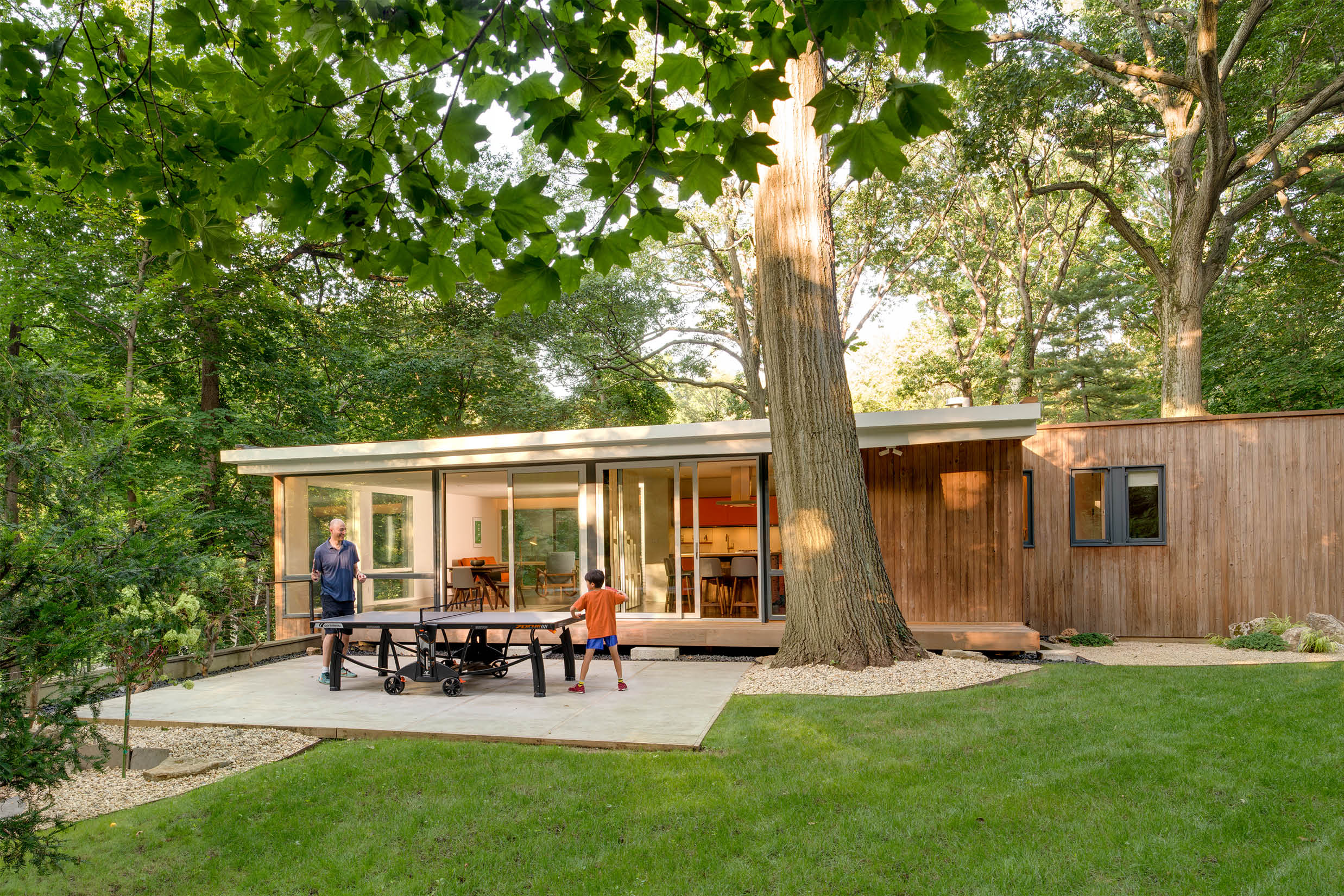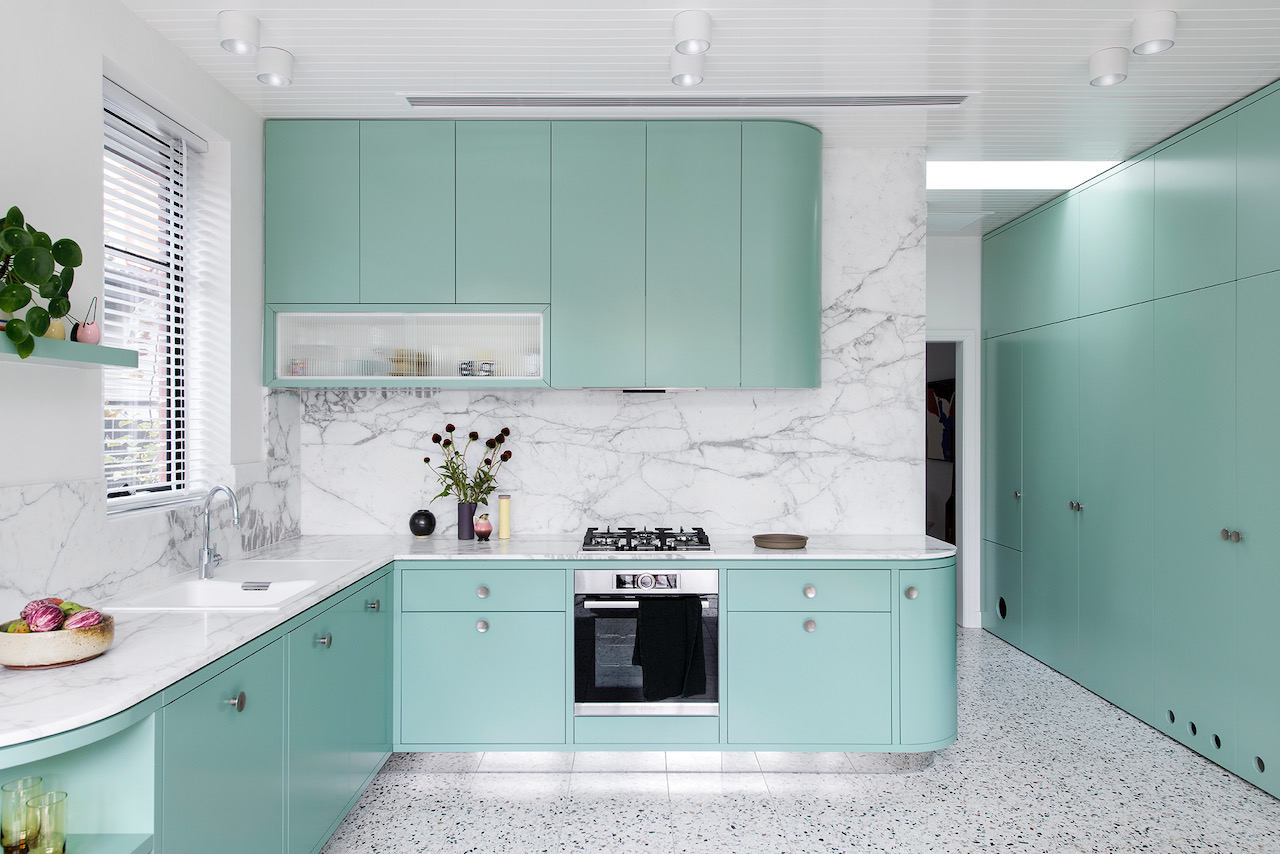
Mid-century kitchen cabinets have made a steady comeback among homeowners seeking vintage style. They capture the 1940s through 1960s design spirit, when kitchens became streamlined workspaces with fresh, modern looks. The focus was on clean lines, bright colors, and innovative materials.
Homeowners find mid-century cabinets appealing for their history, efficiency, and lasting charm. If you enjoy a retro vibe or want an authentic period look, mid-century cabinets are a top contender.
After World War II, new production methods quickly took hold. Factories channeled wartime manufacturing techniques into mass-producing consumer goods. Wood cabinets remained popular, yet metal and laminate options began appearing on the market. These new materials were celebrated for their durability and easy maintenance. Mid-century kitchen cabinets evolved to meet the era’s desire for convenience and order.
Kitchens of the 1950s and early 1960s placed the cook at the center, with cabinets and appliances arranged for efficient workflows. Consumers embraced simpler lines over ornate detailing. To see some of these shifts in real time, browse RR’s archives, which showcase vintage advertisements and articles tracking kitchen designs of the period.
Iconic Materials and Finishes
Mid-century cabinets came in several materials, each offering a distinct look. Steel cabinetry, produced by companies like Youngstown and Geneva, gained popularity for its sleek appearance and hygienic qualities. Painted steel cabinets came in soft neutrals or bright pastels that reflected the optimism of postwar life. Laminate was another solid choice, known for a smooth, easily cleaned surface.
Wood cabinets didn’t vanish. Birch, maple, and other hardwoods were used in slab or flat-panel styles with minimal ornamentation. Wood veneers offered a similar look at lower cost. Flat fronts, muted grains, and understated finishes defined the mid-century kitchen’s warm yet modern feel. For additional visuals, RR’s collection of vintage brochures illustrates how these materials and finishes were promoted and combined.
Design Elements
Flat, streamlined cabinet doors form the backbone of mid-century styling. Hardware remained purposeful and often small, though variations in handles, pulls, and hinges did exist. Edges could be slightly rounded or left squared, depending on the manufacturer. Interiors featured sturdy metal drawer boxes and durable glides that made for smooth pulls.
Color was an integral part of the mid-century palette. Some kitchens displayed contrasting upper and lower cabinets—white uppers paired with bold-colored lowers—or uniform cabinets that matched bright countertops or flooring. Simple accent elements, like chrome trim, provided protection and extra flair. These touches underscored the lively yet efficient spirit of the times.
Restoration vs. Replacement
If you come across original mid-century cabinets, consider whether they can be restored rather than replaced. Restoration is often worthwhile if the frames are solid, the hinges are intact, and surfaces are simply scratched or faded. Wood cabinets might only need refinishing or veneer repairs, while steel cabinets may benefit from paint removal, rust treatment, and fresh coats of enamel.
When cabinets are too damaged or missing sections, replacement becomes a practical option. Several companies offer modern cabinet lines with a mid-century look. You can also seek salvage sets through estate sales or resale sites. RR has tips on spotting genuine mid-century pieces and offers details on identifying manufacturers and finishes that match your kitchen’s needs.
Sourcing Vintage Cabinets
Finding vintage mid-century kitchen cabinets can be part treasure hunt, part labor of love. Estate sales, salvage shops, and online auctions are good places to start. Steel cabinets often show rust spots or paint flaking, but a little elbow grease or professional help can bring them back. Wood cabinets might need new veneer or hardware.
Accurate measurements of your kitchen layout are key if you discover a partial set. Missing doors, drawers, or hardware can sometimes be tracked down separately. Enthusiasts often trade or sell extra pieces, and RR’s active community shares insight on reputable sellers and restoration techniques. With patience, you can assemble an almost exact match to your desired arrangement.
Integrating Modern Amenities
Mid-century kitchens were not designed to accommodate microwaves, deep refrigerators, or pull-out trash bins. However, it’s possible to adapt your vintage cabinets without losing their charm. Some homeowners retrofit lower cabinets with modern pull-out shelving or add interior lighting to upper cabinets for better visibility. Replacing old drawer glides with new full-extension slides can improve functionality.
The goal is to preserve the mid-century face while updating interior features. If you replace countertops, look for laminates and edging that complement the cabinets. RR often highlights case studies showing how homeowners integrate dishwashers or oversized fridges in subtle ways that keep the retro feel intact. A thoughtful mix of old and new can satisfy both style and convenience needs.
Budget and Planning
Budget is a critical factor in any renovation. Vintage cabinets can be affordable if you discover a salvage set in decent condition. A do-it-yourself approach might require time and tools—stripping paint, repairing rust, and applying new finishes. Professional services can handle these tasks faster but at a higher cost.
For those unwilling to hunt for salvage pieces, brand-new cabinets inspired by mid-century designs offer another path.
Quality replicas can cost more than salvaged sets but guarantee uniform sizing and finishes. Whichever route you choose, thorough planning makes a big difference. Gather kitchen measurements, create mockups, and compare quotes. RR’s renovation stories illustrate how to manage timelines and budgets for projects of all sizes.
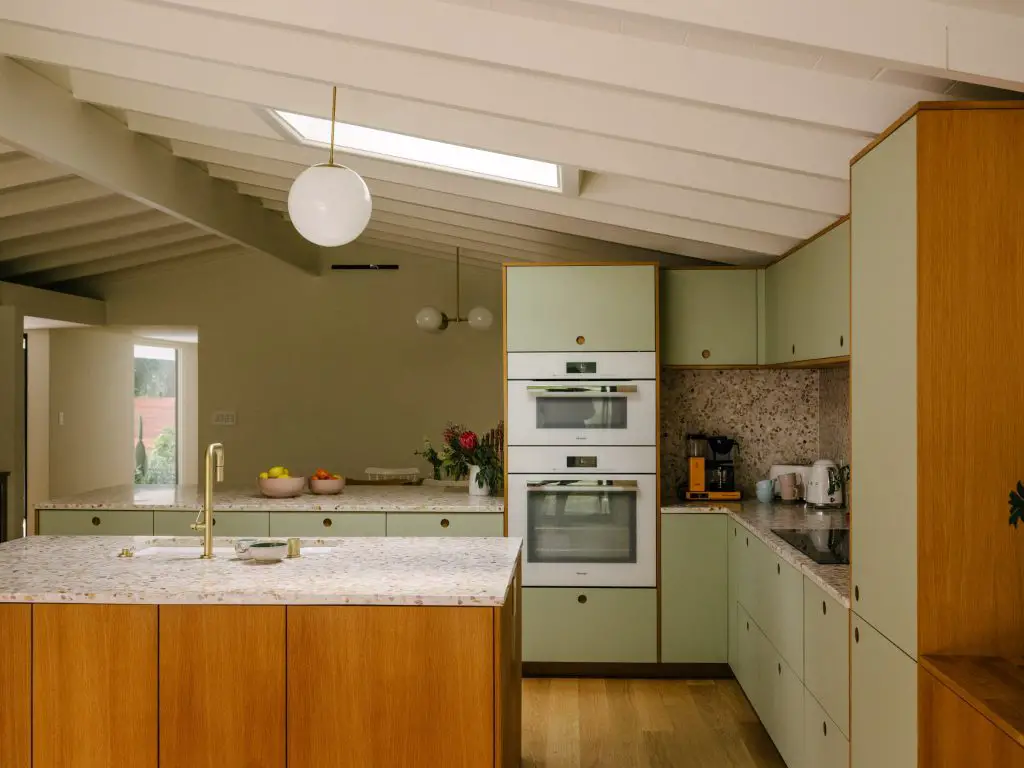
Maintenance and Care
Well-kept cabinets will extend the life of your mid-century kitchen. Different materials require slightly different approaches:
Laminate Cabinets
- Cleaning: Use warm water with mild dish soap or a gentle all-purpose cleaner. Wipe with a soft cloth.
- Maintenance: Avoid abrasive products. Spot-test new cleaners on a hidden area.
Steel Cabinets
- Cleaning: A mild multipurpose cleaner or a solution of water and dish soap works well.
- Touch-Up: Sand out rust spots, then apply a rust-inhibiting primer and enamel paint.
- Protect: Some owners apply car wax or a metal protectant to guard against moisture.
Wood Cabinets
- Cleaning: A solution of mild dish soap and water or a specialized wood cleaner like Murphy’s Oil Soap. Use a soft cloth, not too damp, to avoid warping.
- Polish/Condition: Howard Feed-N-Wax or a beeswax-based product can restore the wood’s natural luster. Apply lightly and buff.
- Avoid: Harsh chemicals or excessive moisture that could damage finishes or veneers.
Hardware
Hinges and Handles: Tighten loose screws and use a light machine oil on squeaky hinges. If original hardware is broken, look for vintage replacements through RR’s resource pages.
Whatever you use, aim for gentle products that won’t strip paint or finishes. Always follow the manufacturer’s instructions on commercial cleaners and spot-test in a discreet place first. Taking these steps keeps mid-century cabinets functional and looking sharp.
Bringing It All Together
Mid-century kitchen cabinets bring a functional yet stylish heritage into your home. From steel to wood, each material carries its own vintage appeal, reflecting an optimistic era bent on efficiency and design. Whether you restore authentic cabinets or install modern replicas, embracing this look connects you with a vibrant tradition of form, color, and practicality.
